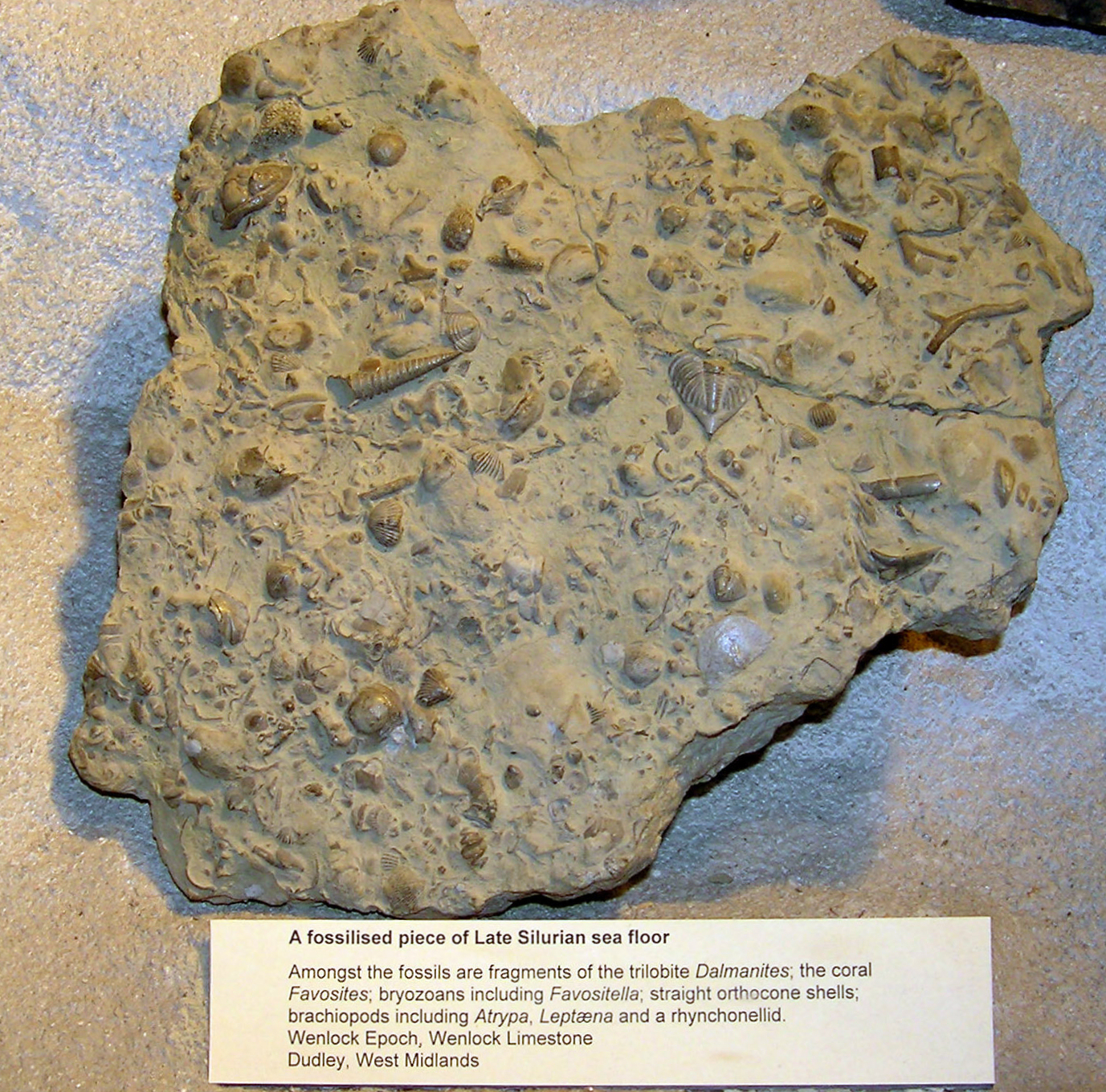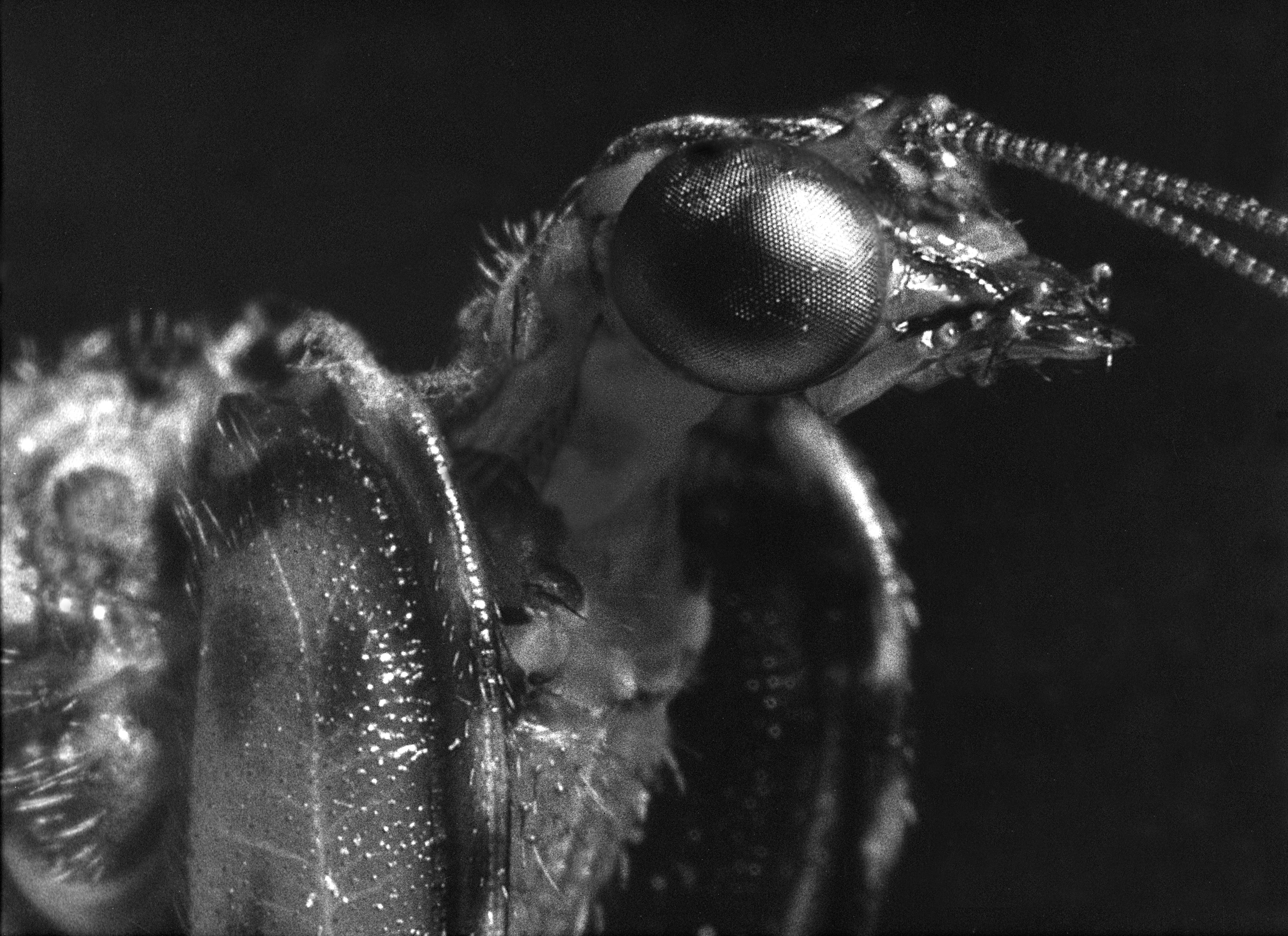|
Thylacares
''Thylacares'' is a genus of thylacocephalan containing only the single species ''Thylacares brandonensis''. Found in Silurian period strata from the Brandon Bridge Formation in Waukesha, Wisconsin, U.S., the species is distinguishable from other thylacocephalans by its smaller raptorial appendages and compound eyes. The body is fully encased in a bivalve shell, with only the eyes protruding on stalks. The species' trunk is composed of about 22 segments. It was once considered the oldest know thylacocephalan, before older specimens were found in Ordovician The Ordovician ( ) is a geologic period and System (geology), system, the second of six periods of the Paleozoic Era (geology), Era, and the second of twelve periods of the Phanerozoic Eon (geology), Eon. The Ordovician spans 41.6 million years f ... rocks. References Prehistoric crustaceans Silurian arthropods Silurian arthropods of North America Fossil taxa described in 2014 Paleontology in Wisconsin {{paleo-cr ... [...More Info...] [...Related Items...] OR: [Wikipedia] [Google] [Baidu] |
Paleontology In Wisconsin
Paleontology in Wisconsin refers to paleontological research occurring within or conducted by people from the United States, U.S. state of Wisconsin. The state has fossils from the Precambrian, much of the Paleozoic, some parts of the Mesozoic and the later part of the Cenozoic. Most of the Paleozoic rocks are marine in origin. Because of the thick blanket of Pleistocene glacial sediment that covers the rock strata in most of the state, Wisconsin’s fossil record is relatively sparse. In spite of this, certain Wisconsin paleontological occurrences provide exceptional insights concerning the history and diversity of life on Earth. Prehistory Precambrian Many metamorphic, igneous and sedimentary rock units are exposed in the north-central part of Wisconsin. Although they are mostly barren of fossils, some of the sedimentary ones contain stromatolites. Cambrian Exposures of Cambrian rock units, many of which are fossiliferous, occur in western and central Wisconsin, especiall ... [...More Info...] [...Related Items...] OR: [Wikipedia] [Google] [Baidu] |
Thylacocephala
The Thylacocephala (from the Greek or ', meaning " pouch", and or ' meaning "head") are group of extinct probable mandibulate arthropods, that have been considered by some researchers as having possible crustacean affinities. As a class they have a short research history, having been erected in the early 1980s. They typically possess a large, laterally flattened carapace that encompasses the entire body. The compound eyes tend to be large and bulbous, and occupy a frontal notch on the carapace. They possess three pairs of large raptorial limbs, and the abdomen bears a battery of small swimming limbs. Their size ranges from ~15 mm to potentially up to 250 mm. Inconclusive claims of thylacocephalans have been reported from the lower lower Cambrian ('' Zhenghecaris''), but later study considered that genus as radiodont or arthropod with uncertain systematic position. The oldest unequivocal fossils are Upper Ordovician and Lower Silurian in age. As a group, the Thylacocephala s ... [...More Info...] [...Related Items...] OR: [Wikipedia] [Google] [Baidu] |
Fossil Taxa Described In 2014
A fossil (from Classical Latin , ) is any preserved remains, impression, or trace of any once-living thing from a past geological age. Examples include bones, shells, exoskeletons, stone imprints of animals or microbes, objects preserved in amber, hair, petrified wood and DNA remnants. The totality of fossils is known as the ''fossil record''. Though the fossil record is incomplete, numerous studies have demonstrated that there is enough information available to give a good understanding of the pattern of diversification of life on Earth. In addition, the record can predict and fill gaps such as the discovery of ''Tiktaalik'' in the arctic of Canada. Paleontology includes the study of fossils: their age, method of formation, and evolutionary significance. Specimens are sometimes considered to be fossils if they are over 10,000 years old. The oldest fossils are around 3.48 billion years to 4.1 billion years old. Early edition, published online before print. The o ... [...More Info...] [...Related Items...] OR: [Wikipedia] [Google] [Baidu] |
Silurian Arthropods Of North America
The Silurian ( ) is a geologic period and system spanning 23.5 million years from the end of the Ordovician Period, at million years ago ( Mya), to the beginning of the Devonian Period, Mya. The Silurian is the third and shortest period of the Paleozoic Era, and the third of twelve periods of the Phanerozoic Eon. As with other geologic periods, the rock beds that define the period's start and end are well identified, but the exact dates are uncertain by a few million years. The base of the Silurian is set at a series of major Ordovician–Silurian extinction events when up to 60% of marine genera were wiped out. One important event in this period was the initial establishment of terrestrial life in what is known as the Silurian-Devonian Terrestrial Revolution: vascular plants emerged from more primitive land plants, dikaryan fungi started expanding and diversifying along with glomeromycotan fungi, and three groups of arthropods (myriapods, arachnids and hexapods) became full ... [...More Info...] [...Related Items...] OR: [Wikipedia] [Google] [Baidu] |
Prehistoric Crustaceans
Prehistory, also called pre-literary history, is the period of human history between the first known use of stone tools by hominins million years ago and the beginning of recorded history with the invention of writing systems. The use of symbols, marks, and images appears very early among humans, but the earliest known writing systems appeared years ago. It took thousands of years for writing systems to be widely adopted, with writing having spread to almost all cultures by the 19th century. The end of prehistory therefore came at different times in different places, and the term is less often used in discussing societies where prehistory ended relatively recently. It is based on an old conception of history that without written records there could be no history. The most common conception today is that history is based on evidence, however the concept of prehistory hasn't been completely discarded. In the early Bronze Age, Sumer in Mesopotamia, the Indus Valley Civilis ... [...More Info...] [...Related Items...] OR: [Wikipedia] [Google] [Baidu] |
BioMed Central
BioMed Central (BMC) is a United Kingdom-based, for-profit scientific open access publisher that produces over 250 scientific journals. All its journals are published online only. BioMed Central describes itself as the first and largest open access science publisher. It was founded in 2000 and has been owned by Springer, now Springer Nature, since 2008. History BioMed Central was founded in 2000 as part of the Current Science Group (now Science Navigation Group, SNG), a nursery of scientific publishing companies. SNG chairman Vitek Tracz developed the concept for the company after NIH director Harold Varmus's PubMed Central concept for open-access publishing was scaled back. The first director of the company was Jan Velterop. Chemistry Central was established in 2006 and the PhysMath Central journal imprint in 2007. In 2002, the company introduced article processing charges, and these have since been the primary source of revenue. In 2007, Yale University Libraries s ... [...More Info...] [...Related Items...] OR: [Wikipedia] [Google] [Baidu] |
BMC Evolutionary Biology
''BMC Ecology and Evolution'' (since January 2021), previously ''BMC Evolutionary Biology'' (2001–2020), is a peer-reviewed open access scientific journal covering all fields of evolutionary biology, including phylogenetics and palaeontology. It was established in 2001 and is part of a series of BMC journals published by BioMed Central. It was an early journal to integrate with the Dryad Digital Repository to share supplementary data, and it also organises a yearly image competition to help capture the diversity of the planet's flora and fauna. Abstracting and indexing The journal is abstracted and indexed in: According to the ''Journal Citation Reports ''Journal Citation Reports'' (''JCR'') is an annual publication by Clarivate. It has been integrated with the Web of Science and is accessed from the Web of Science Core Collection. It provides information about academic journals in the natur ...'', the journal has a 2020 impact factor of 3.260. References E ... [...More Info...] [...Related Items...] OR: [Wikipedia] [Google] [Baidu] |
Carolin Haug
Carolin is a given name. Notable people with the name include: Given name *Carolin Babcock (1912–1987), female tennis player from the United States *Carolin Bachmann (born 1988), German politician *Carolin Fortenbacher (born 1963), German Musical actress and singer *Carolin Hingst (born 1980), German pole vaulter *Carolin Leonhardt (born 1984), German sprint canoeist who competed in the 2000s *Carolin Schiewe (born 1988), German football midfielder *Carolin Schnarre (born 1992), German Paralympic equestrian Surname *Heather Carolin (born 1982), American model and actress *Paddy Carolin (1881–1967), South African rugby union player *Reid Carolin, American film producer, director and screenwriter *Roger Charles Carolin Roger Charles Carolin (15 October 1929 – 3 February 2025) was an Australian botanist and pteridologist. He was appointed a lecturer in botany at the University of Sydney in 1955 earned a Ph.D. from Sydney University in 1962 with a thesis on t ... (1929–202 ... [...More Info...] [...Related Items...] OR: [Wikipedia] [Google] [Baidu] |
Ordovician
The Ordovician ( ) is a geologic period and System (geology), system, the second of six periods of the Paleozoic Era (geology), Era, and the second of twelve periods of the Phanerozoic Eon (geology), Eon. The Ordovician spans 41.6 million years from the end of the Cambrian Period Megaannum, Ma (million years ago) to the start of the Silurian Period Ma. The Ordovician, named after the Celtic Britons, Welsh tribe of the Ordovices, was defined by Charles Lapworth in 1879 to resolve a dispute between followers of Adam Sedgwick and Roderick Murchison, who were placing the same Rock (geology), rock beds in North Wales in the Cambrian and Silurian systems, respectively. Lapworth recognized that the fossil fauna in the disputed Stratum, strata were different from those of either the Cambrian or the Silurian systems, and placed them in a system of their own. The Ordovician received international approval in 1960 (forty years after Lapworth's death), when it was adopted as an official per ... [...More Info...] [...Related Items...] OR: [Wikipedia] [Google] [Baidu] |
Compound Eye
A compound eye is a Eye, visual organ found in arthropods such as insects and crustaceans. It may consist of thousands of ommatidium, ommatidia, which are tiny independent photoreception units that consist of a cornea, lens (anatomy), lens, and photoreceptor cells which distinguish brightness and color. The image perceived by this arthropod eye is a combination of inputs from the numerous ommatidia, which are oriented to point in slightly different directions. Compared with single-aperture eyes, compound eyes have poor image resolution; however, they possess a very large view angle and the ability to detect fast movement and, in some cases, the Polarization (waves), polarization of light. Because a compound eye is made up of a collection of ommatidia, each with its own lens, light will enter each ommatidium instead of using a single entrance point. The individual light receptors behind each lens are then turned on and off due to a series of changes in the light intensity during mov ... [...More Info...] [...Related Items...] OR: [Wikipedia] [Google] [Baidu] |
Raptorial
In biology (specifically the anatomy of arthropods), the term ''raptorial'' implies much the same as ''predatory'' but most often refers to modifications of an arthropod leg, arthropod's foreleg that make it function for the grasping of prey while it is consumed, where the gripping surfaces are formed from the opposing faces of two successive leg Segmentation (biology), segments (''see illustration''). This is distinctly different from the grasping mechanism of a structure such as a scorpion's claw (a "Chela (organ), chela") in which one of the opposing surfaces is an articulated digit, and not a leg segment. While this is most widely known in Mantodea, mantises, similarly modified legs can be found in some crustaceans (e.g., mantis shrimp), and various insect families, such as Mantispidae, Belostomatidae, Nepidae, and Naucoridae (all members of these groups have raptorial forelegs). There are numerous other lineages within various insect families that have raptorial forelegs, mo ... [...More Info...] [...Related Items...] OR: [Wikipedia] [Google] [Baidu] |





